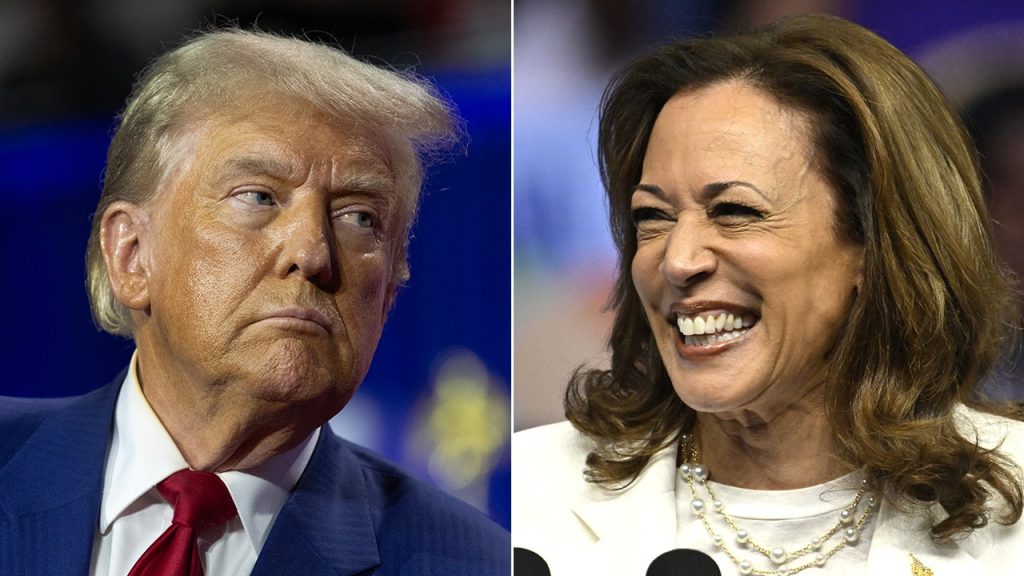Politicians such as Donald Trump and Kamala Harris are now shifting towards centrist positions after focusing on riling up their base during primary season. Harris has been heavily criticized for changing her stance on various far-left positions she took during her 2020 presidential run without offering adequate explanations. Trump, on the other hand, is also moving towards the center on issues like abortion and marijuana legalization to appeal to a wider range of voters, even though some actions have stirred controversy among conservatives. Both politicians are strategically adjusting their positions to align with the current mood of the country.
Harris has faced scrutiny for adopting centrist positions on issues like fracking and decriminalizing illegal border crossings, despite previously supporting more progressive policies. When questioned about her stance changes, she provided vague explanations and emphasized that her values have remained consistent. Trump has also faced criticism for his shifting positions, such as expressing support for a longer abortion ban than previously stated, leading to backlash from pro-life groups who now view him as pro-choice. Both politicians are navigating the delicate balance of appealing to a broader audience while fending off accusations of flip-flopping.
The shift towards the center is a common strategy for general-election candidates, as they aim to attract undecided voters who typically lean towards moderate positions. Harris and Trump are both adjusting their policies to appeal to a wider range of constituents, especially women and other key demographics. Trump, in particular, is attempting to present a more moderate image despite his previous hardline stance on issues like abortion and marijuana legalization. Harris, likewise, is recalibrating her positions to align with current political trends and public opinion.
Both candidates have faced criticism for their changing positions on key issues, with opponents accusing them of political opportunism and flip-flopping for strategic gain. Harris has notably shifted her stance on issues like fracking and border crossings without providing detailed explanations, leading to skepticism among voters and pundits. Trump’s evolving positions on abortion and marijuana legalization have also raised eyebrows, as he attempts to appeal to a broader base of supporters while facing backlash from some conservative groups. Both politicians are navigating the challenges of shifting towards the center while maintaining credibility with their respective bases.
The process of moving towards the center is an intricate dance for politicians like Harris and Trump, who must carefully balance their policy positions with the demands of an increasingly polarized political landscape. Both candidates are taking pragmatic steps to appeal to a broader range of voters, even as they face criticism and scrutiny for perceived inconsistencies in their positions. Harris and Trump are adjusting their policies to align with current political trends and public opinion, while also attempting to present a more moderate image to attract undecided voters and secure electoral success.
Overall, the shift towards centrism by politicians like Harris and Trump reflects the evolving nature of American politics, where candidates must navigate a complex landscape of shifting public opinion and changing political dynamics. Both politicians are adapting their policies to align with the prevailing mood of the country, while also seeking to broaden their appeal and attract a diverse range of voters. The art of moving towards the center requires finesse and strategic calculation, as politicians strive to strike a balance between appealing to their base and reaching out to new constituencies in a highly polarized political environment.


